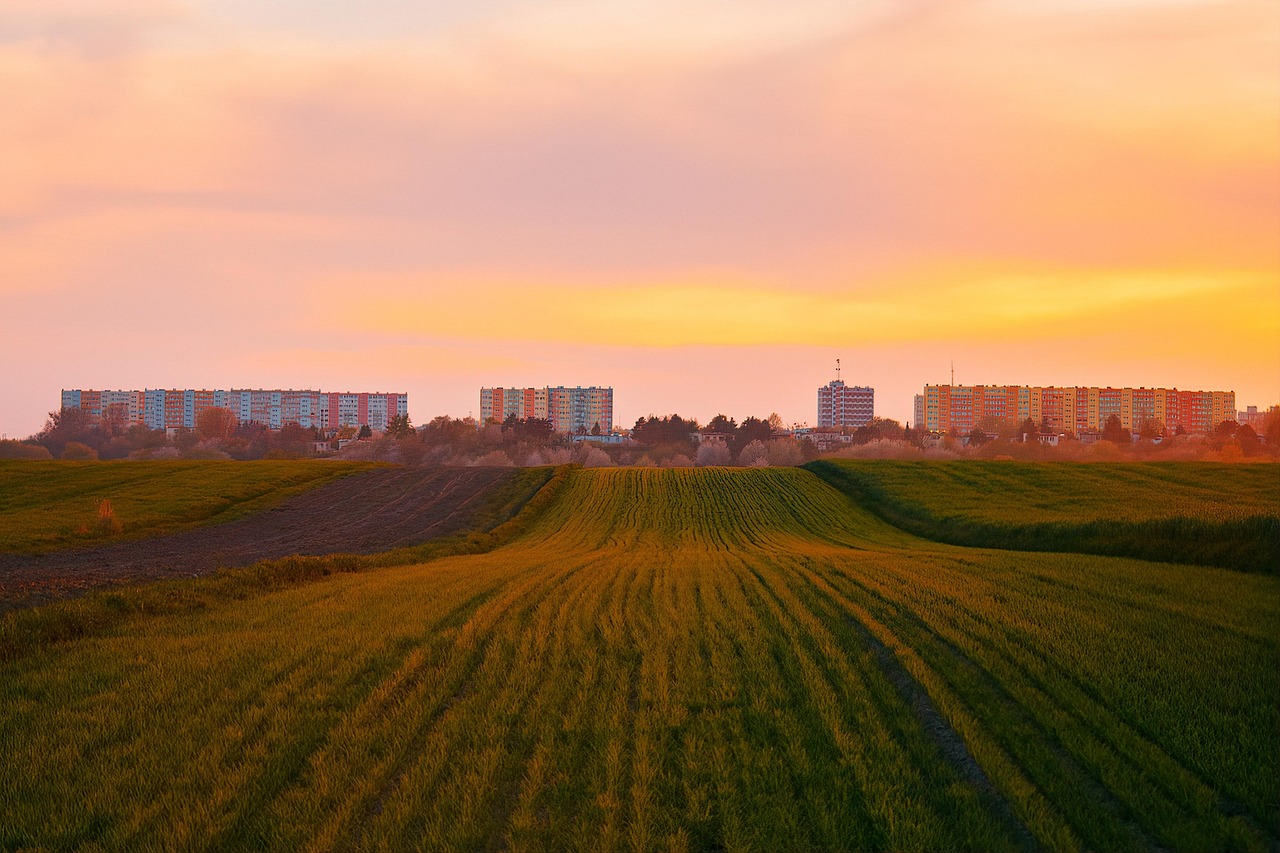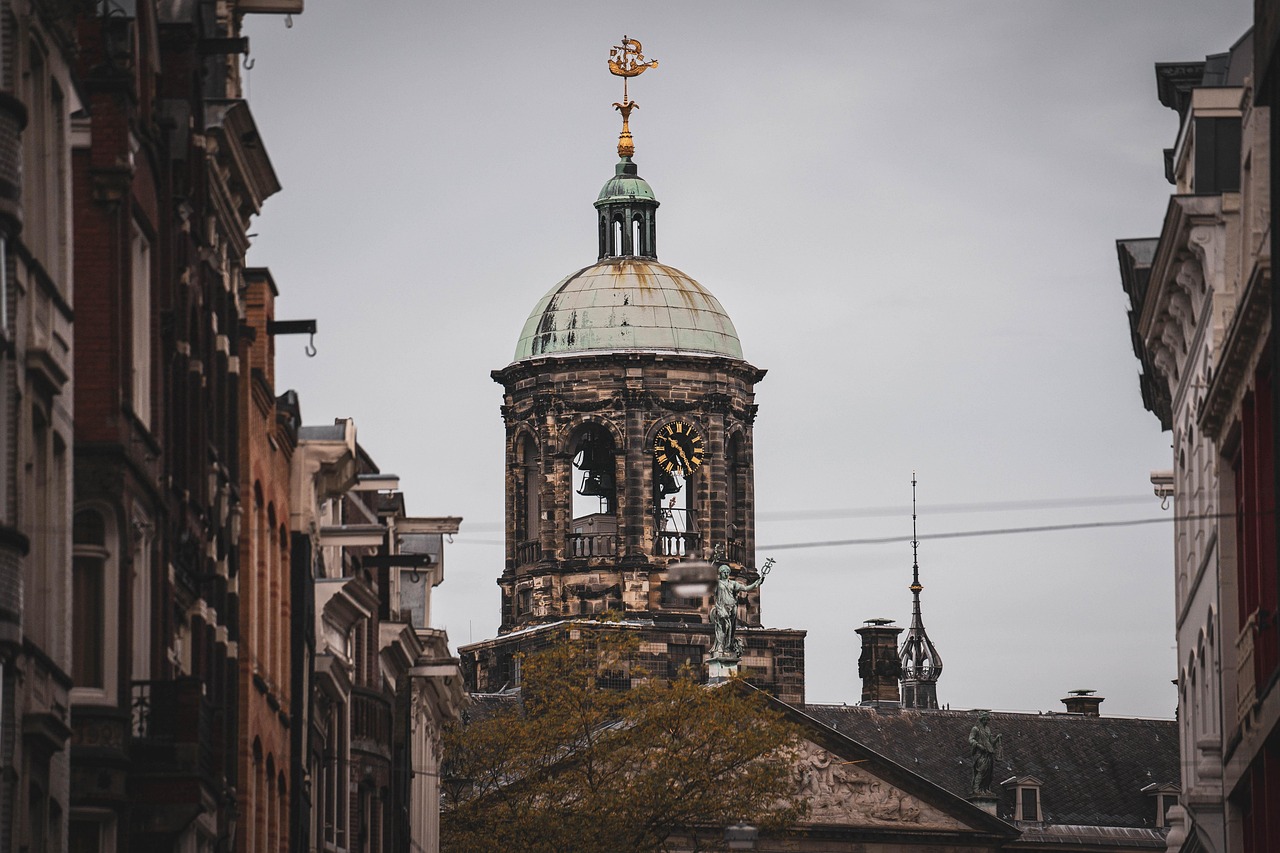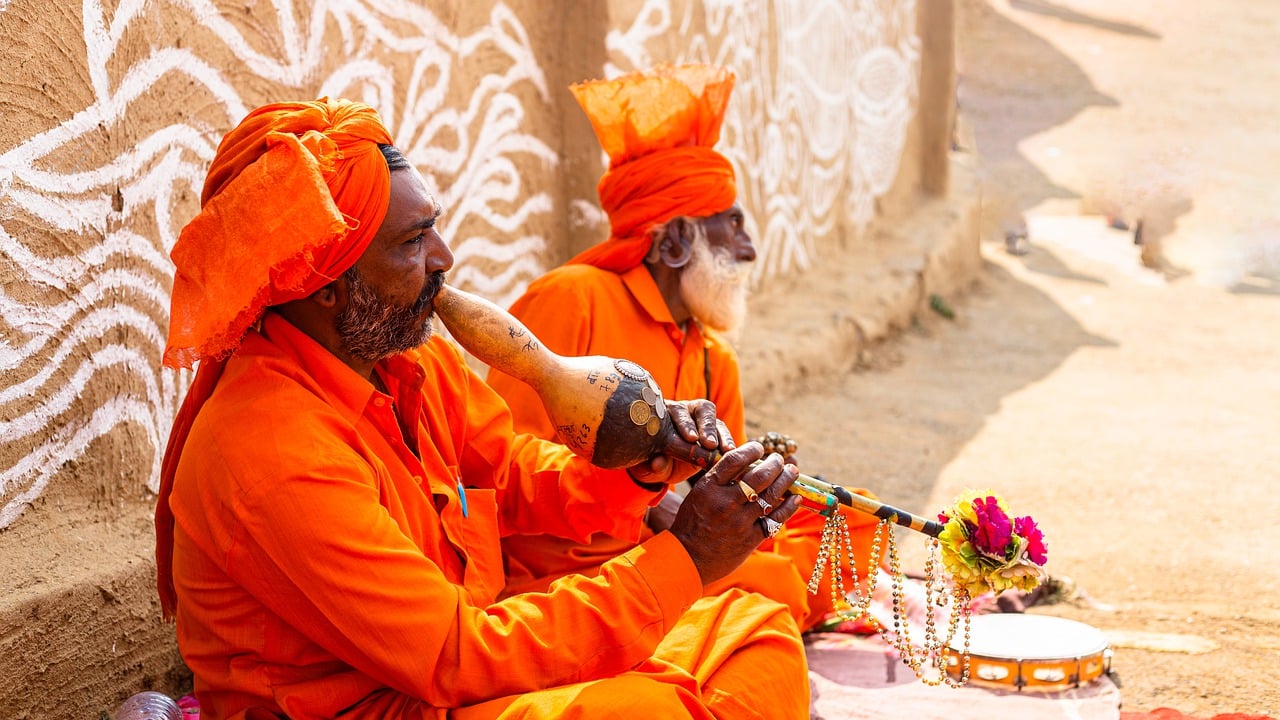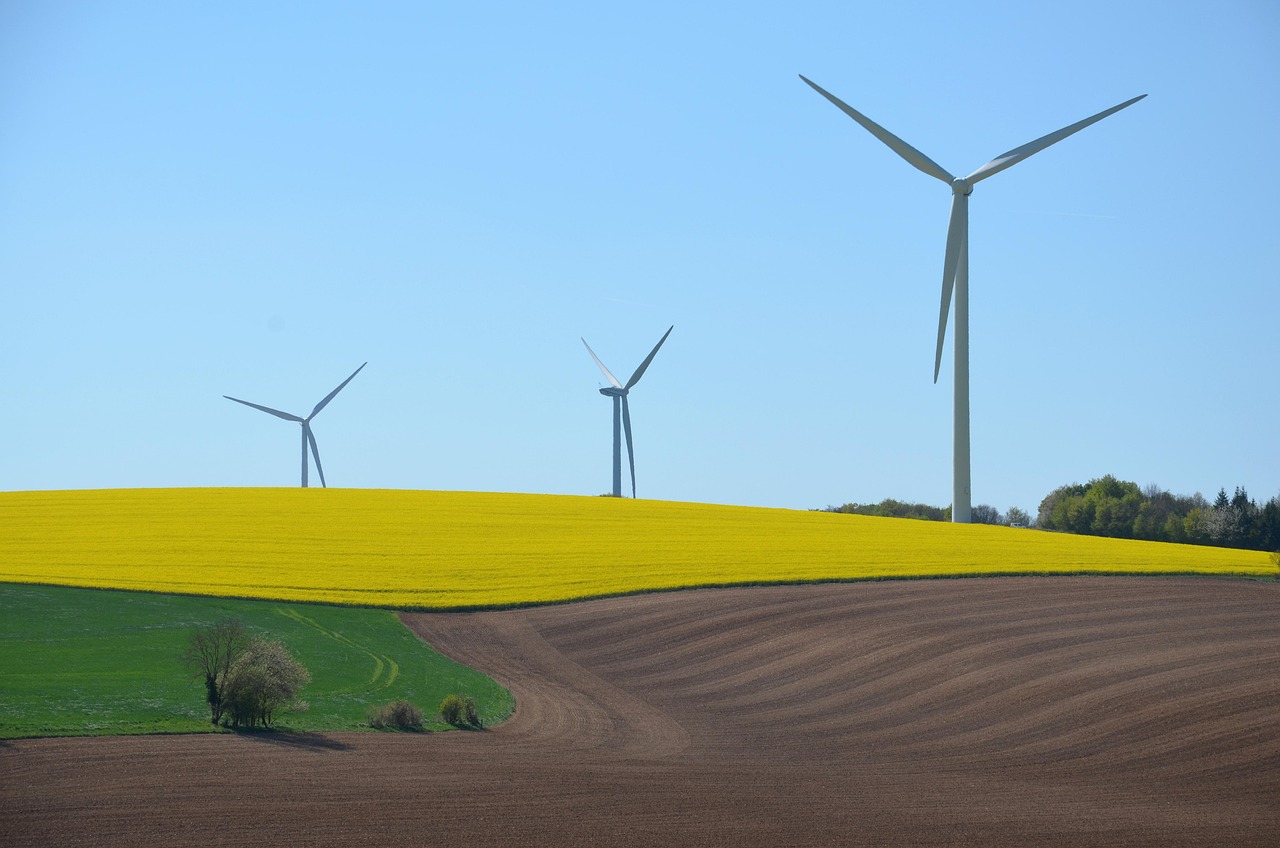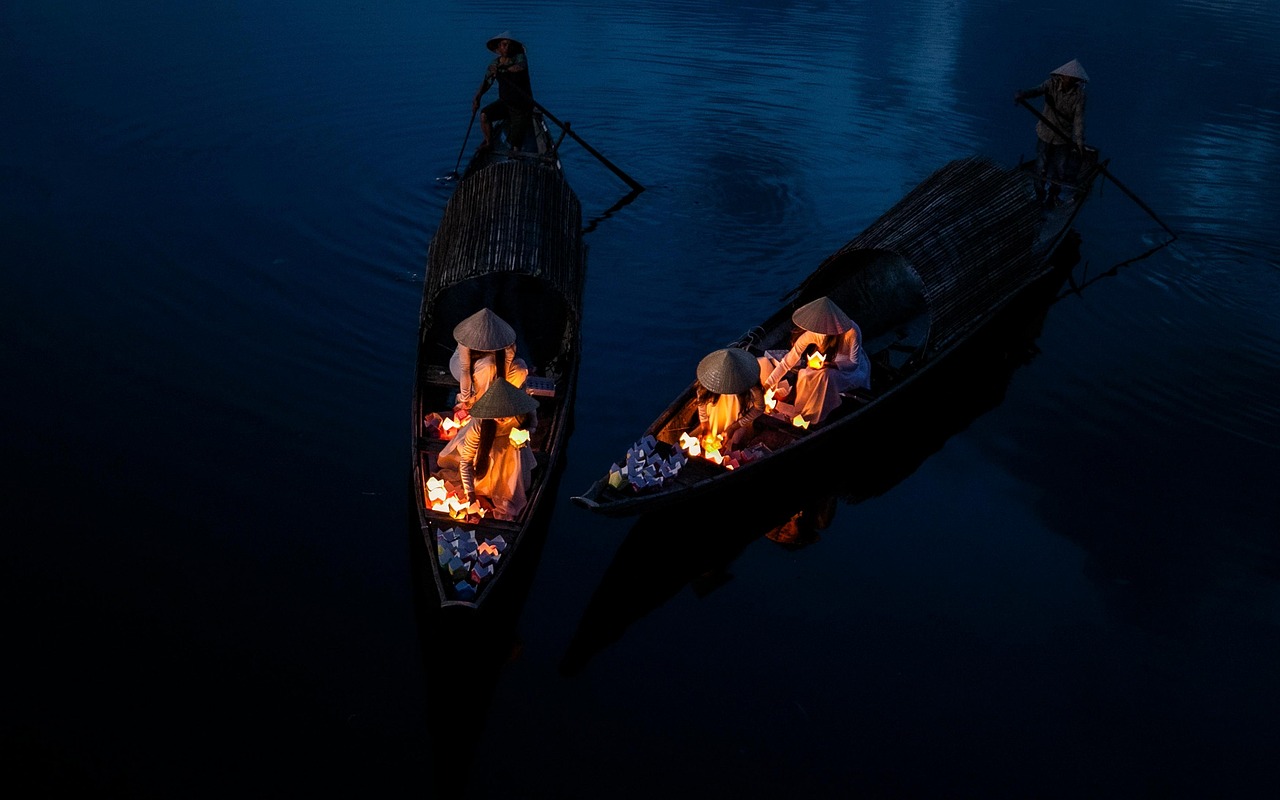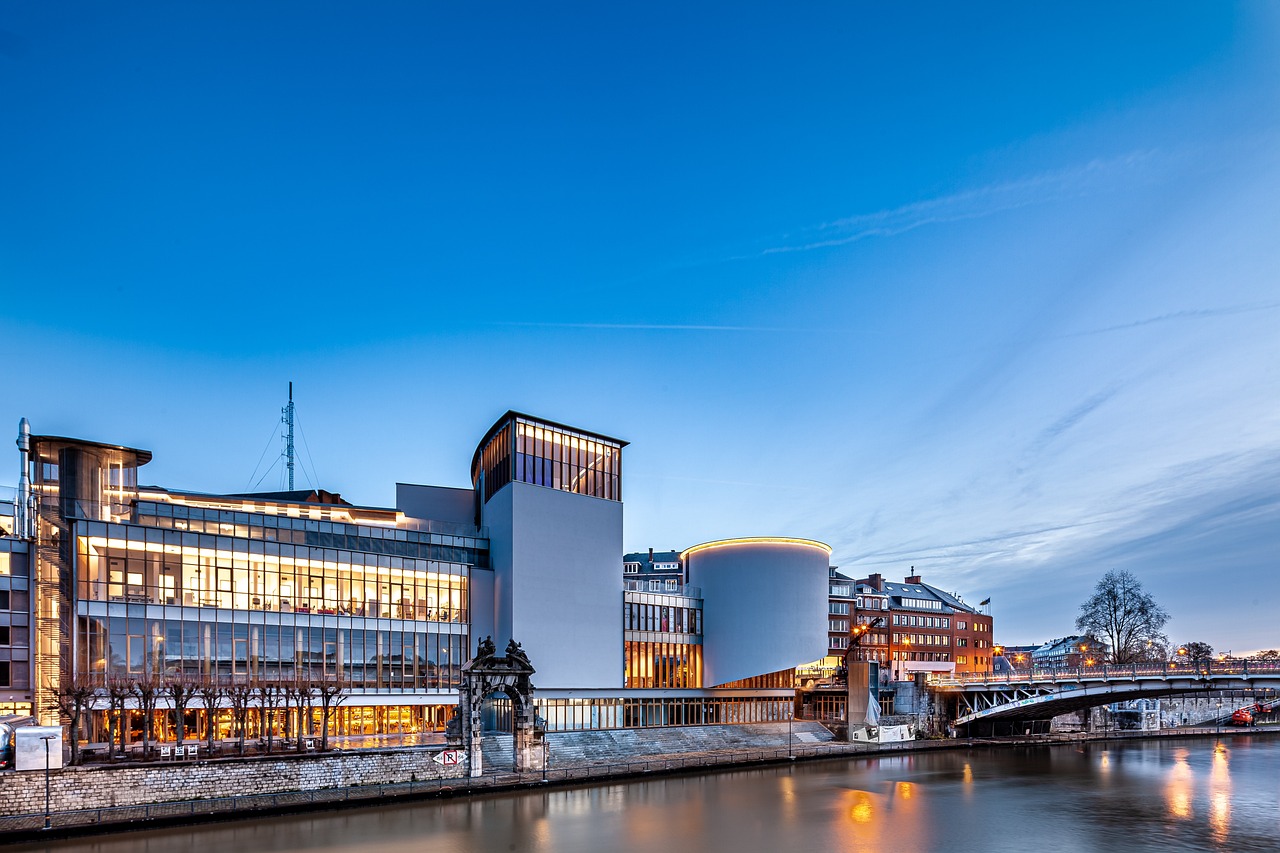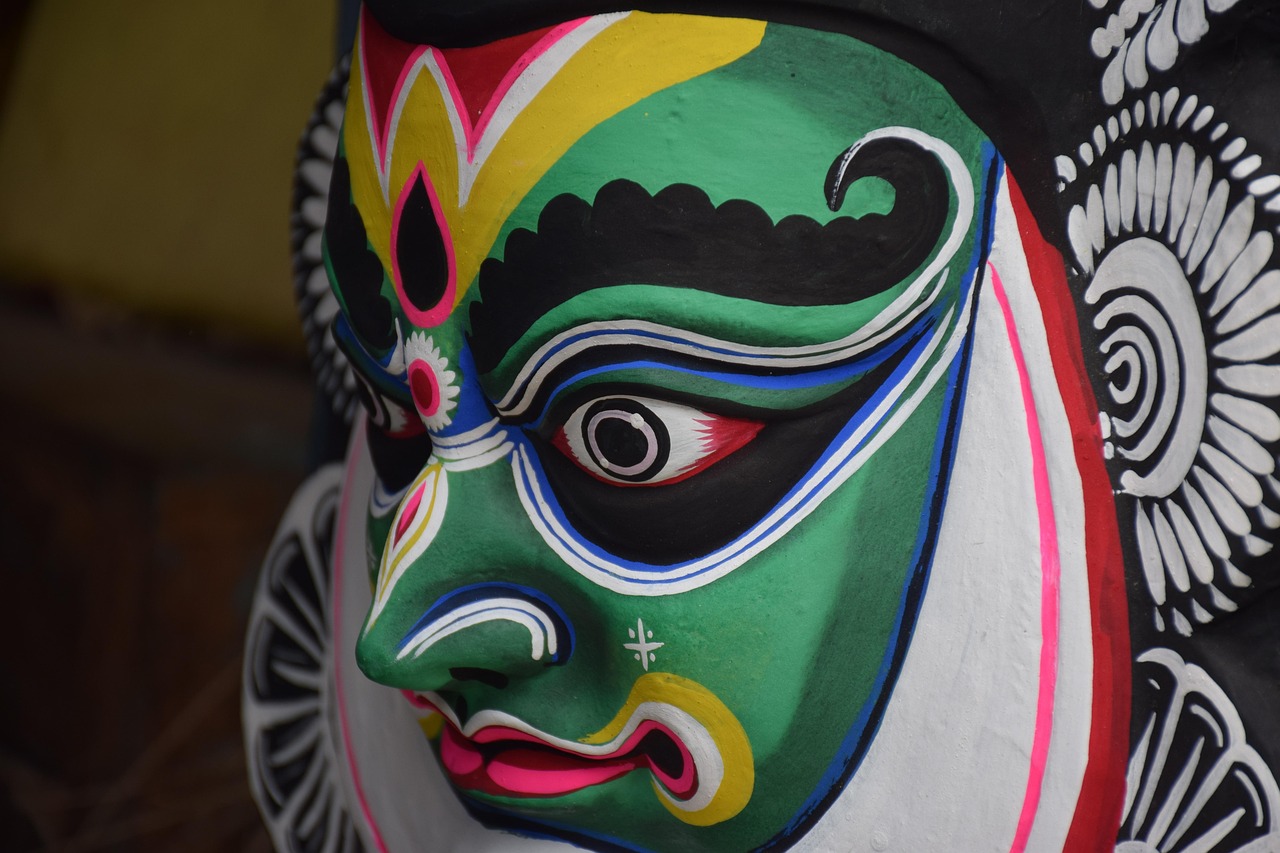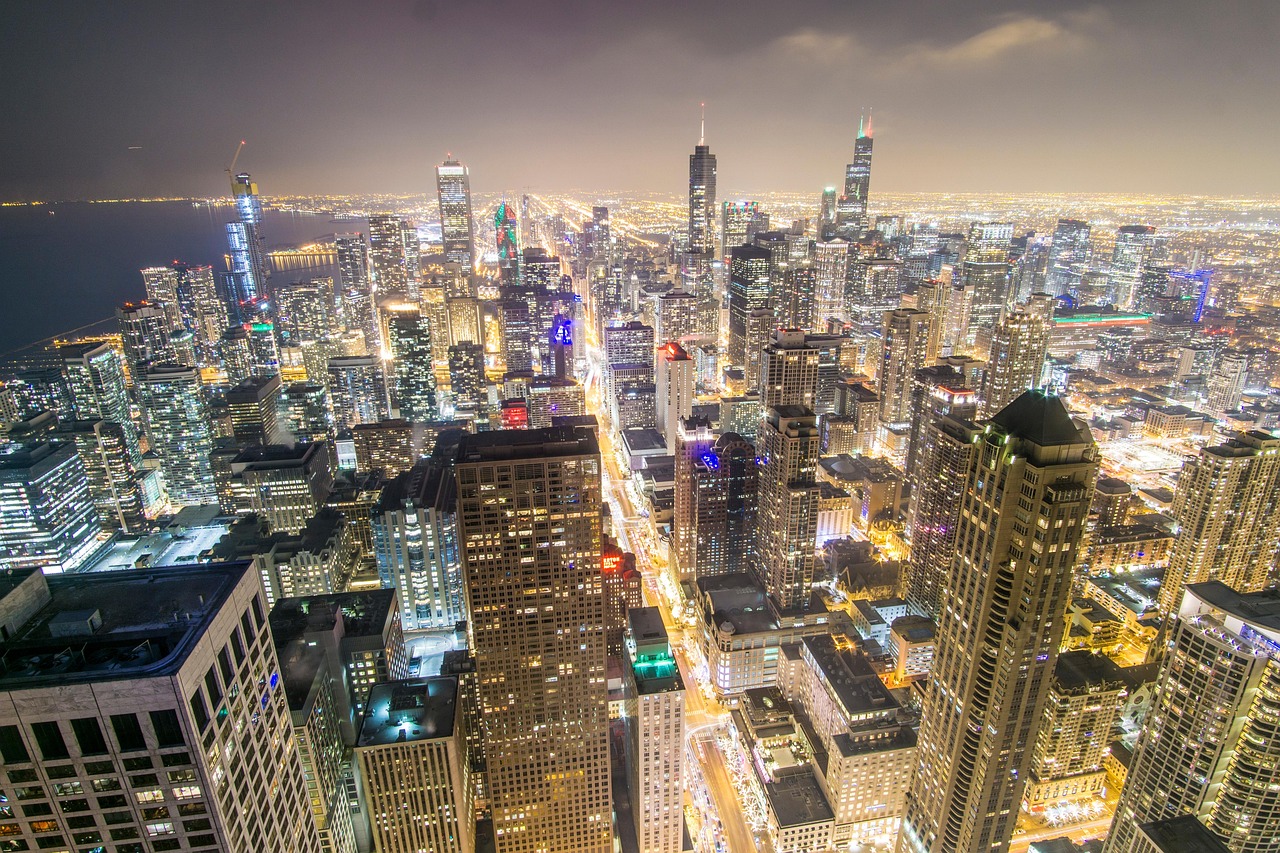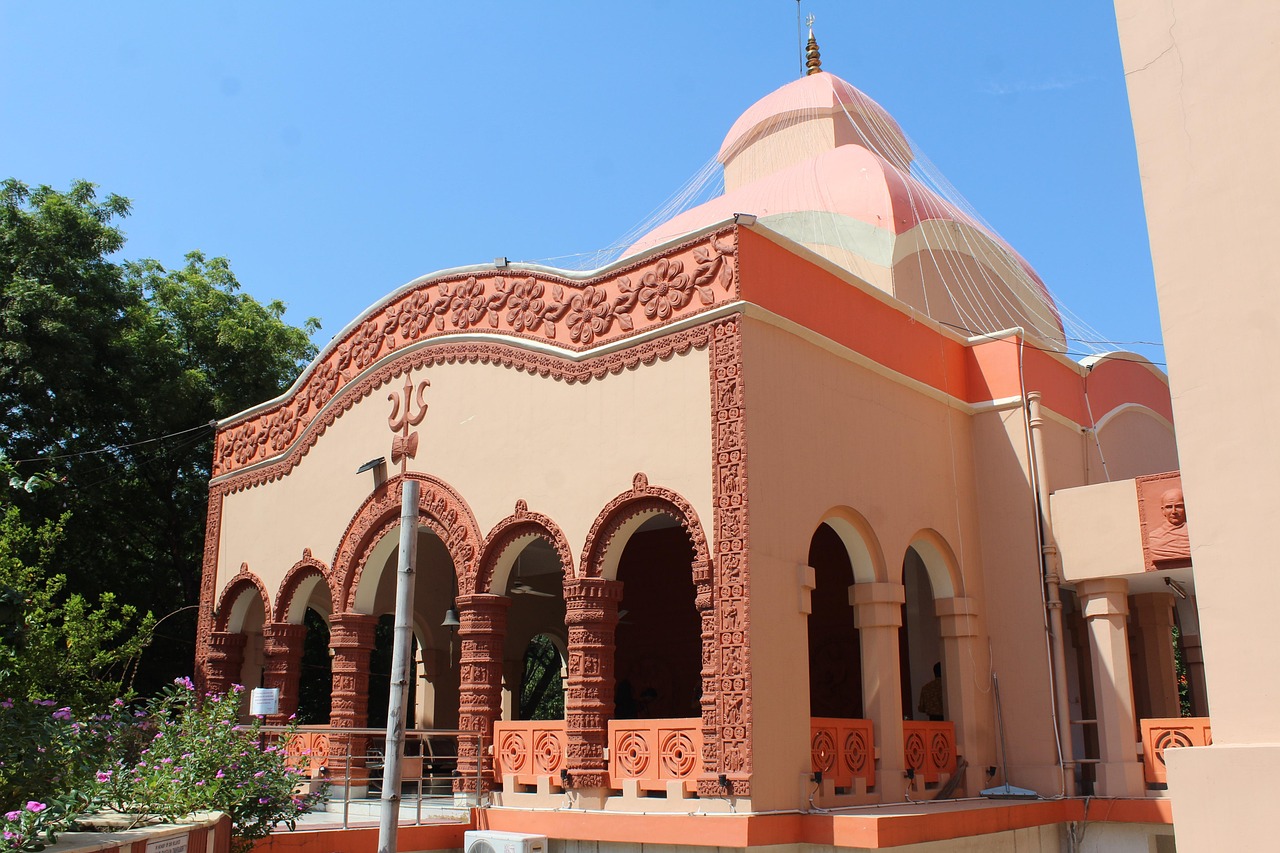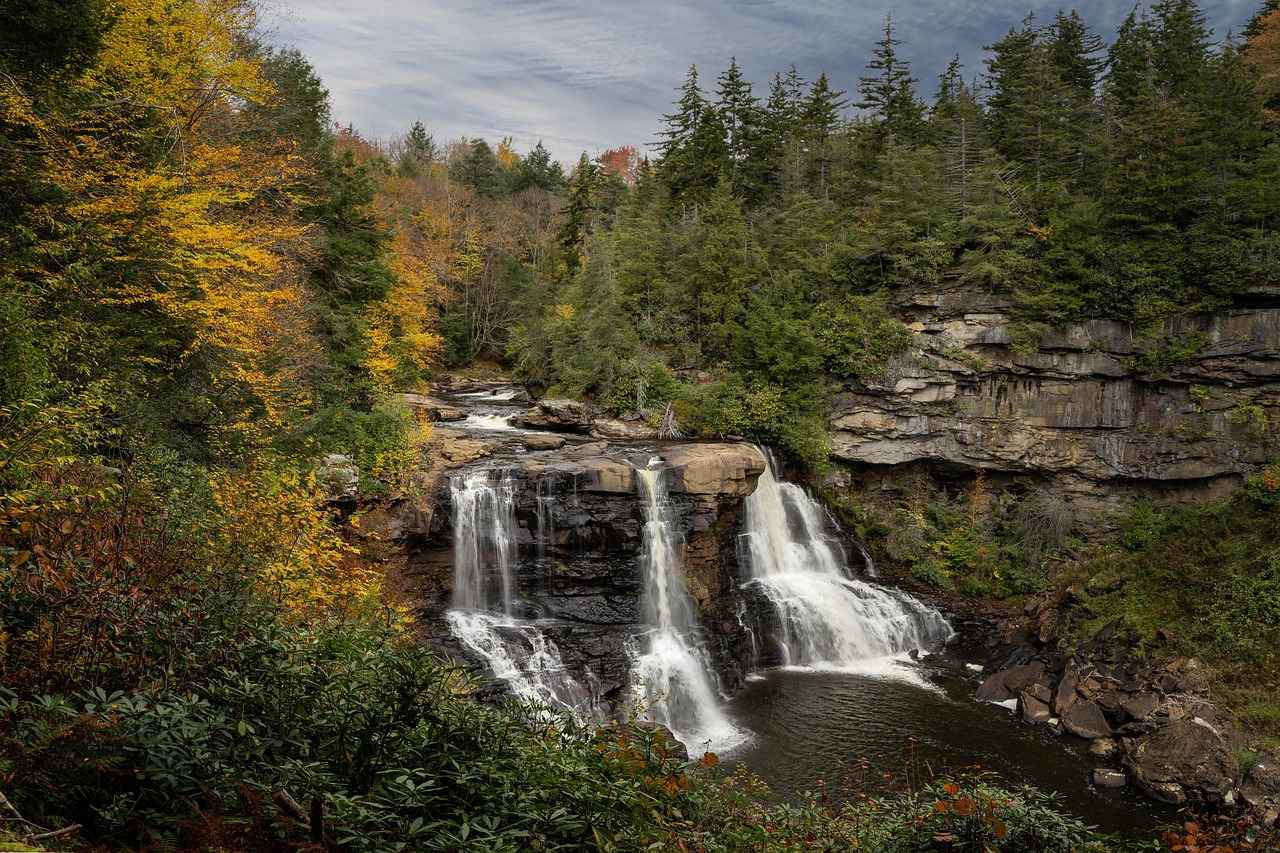This article explores the rich and diverse history of West Bengal, tracing its evolution from ancient civilizations through colonial rule to its current status as a vibrant Indian state.
Ancient Civilizations of West Bengal
West Bengal’s history begins with ancient civilizations such as the Mauryas and Guptas, who made significant contributions to culture, governance, and trade. Archaeological findings and historical texts have revealed a wealth of information about this era, showcasing the region’s early advancements.
The Influence of Buddhism and Jainism
Buddhism and Jainism significantly shaped West Bengal’s cultural landscape. The rise of these religions brought profound changes to art, philosophy, and society. Their teachings influenced many aspects of daily life and governance.
The Spread of Buddhism
Buddhism flourished in Bengal, especially under Emperor Ashoka. Monasteries and stupas became prominent centers of learning and spirituality, fostering a rich tradition of scholarship and cultural exchange.
Key Buddhist Sites
| Site | Significance |
|---|---|
| Paharpur | Home to one of the largest Buddhist monasteries in the region. |
| Nalanda | A renowned ancient center of learning, attracting scholars from across Asia. |
The Rise of Jainism
Jainism also left a lasting mark on West Bengal, particularly in trade and commerce. The establishment of key Jain communities contributed to the economic fabric of the region.
The Medieval Period: Kingdoms and Empires
The medieval era saw the emergence of powerful kingdoms such as the Senas and the Mughals, each contributing to the region’s governance and cultural richness.
Mughal Influence on Bengal
The Mughals introduced significant changes to Bengal’s economy and culture, including administrative reforms and architectural advancements that integrated Persian influences.
Colonial Era: British Rule and Its Impact
The arrival of the British marked a transformative period in West Bengal’s history, characterized by socio-economic changes and resistance movements against colonial rule.
The Bengal Renaissance
This cultural awakening fostered intellectual growth, leading to significant contributions in literature and social reforms.
Post-Independence Developments
After gaining independence in 1947, West Bengal faced numerous challenges and achievements, particularly in political and social spheres.
Modern West Bengal: A Cultural Hub
Today, West Bengal stands as a cultural and educational hub in India, known for its vibrant festivals and contributions to art and literature.
Conclusion: The Legacy of West Bengal
West Bengal’s history is a tapestry of diverse influences and transformations, reflecting its rich cultural heritage and ongoing evolution.

Ancient Civilizations of West Bengal
The Ancient Civilizations of West Bengal have laid a profound foundation for the region’s rich cultural heritage. This section explores the significant contributions of early empires such as the Mauryas and Guptas, whose legacies continue to resonate in contemporary society.
West Bengal’s journey into history is marked by the emergence of these ancient civilizations, which played a pivotal role in shaping the cultural, political, and economic landscape of the region. The Mauryan Empire, under the leadership of Emperor Chandragupta Maurya and later his grandson Ashoka, established a centralized governance system that promoted trade and cultural exchanges. This era is particularly noted for the spread of Buddhism, which had a lasting impact on the region’s cultural identity.
Archaeological excavations in sites like Wari-Bateshwar and Paharpur have unveiled artifacts and structures that provide insight into the sophisticated urban planning and architectural prowess of these civilizations. The remnants of ancient trade routes indicate that West Bengal was a bustling hub for commerce, linking it to other parts of India and beyond.
The Gupta Empire, often referred to as the “Golden Age” of India, further enriched West Bengal’s cultural tapestry. This period saw remarkable advancements in art, science, and literature. The contributions of scholars like Kalidasa and Aryabhata are still celebrated today, highlighting the intellectual achievements of this time.
In summary, the ancient civilizations of West Bengal, particularly the Mauryas and Guptas, laid the groundwork for the region’s cultural and historical identity. Their contributions to governance, trade, and intellectual pursuits have left an indelible mark on the state’s evolution.
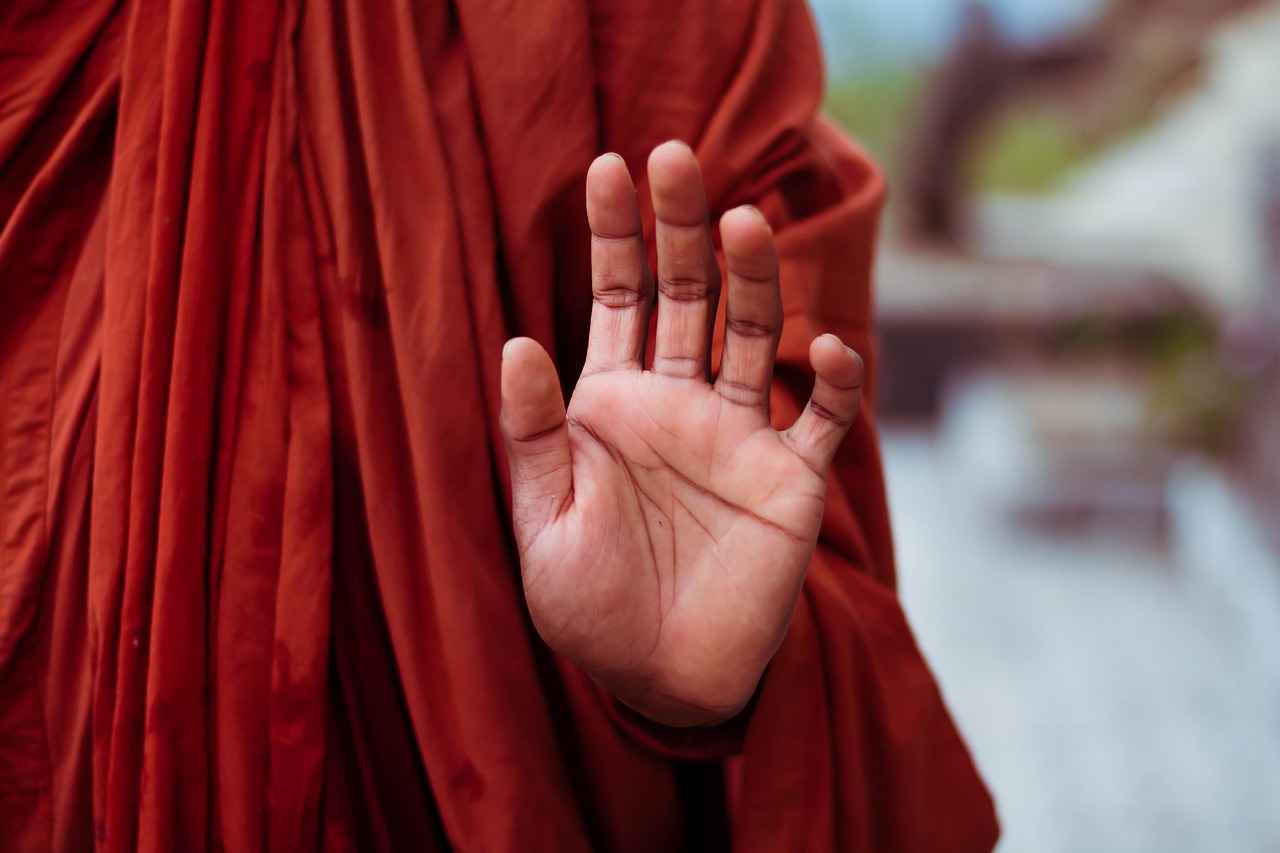
The Influence of Buddhism and Jainism
Buddhism and Jainism have played pivotal roles in shaping the cultural and spiritual landscape of West Bengal. These ancient religions not only influenced the region’s philosophical outlook but also left a lasting impact on its art, architecture, and societal norms. This section delves into the historical rise of these faiths and their profound effects on the local culture during ancient times.
The emergence of Buddhism in West Bengal can be traced back to the 5th century BCE, gaining momentum under the patronage of Emperor Ashoka. His conversion to Buddhism marked a significant turning point, leading to the establishment of numerous monasteries and stupas that became centers of learning and spiritual growth. The teachings of Buddha resonated with the populace, promoting values of compassion, non-violence, and mindfulness. This widespread acceptance catalyzed the development of a unique Buddhist culture in Bengal, fostering artistic expression through intricate sculptures and murals.
In addition to Buddhism, Jainism also flourished in West Bengal, especially among traders and merchants. The principles of ahimsa (non-violence) and aparigraha (non-possessiveness) found a receptive audience among the local populace, influencing ethical practices in commerce and daily life. The establishment of Jain communities led to the construction of magnificent temples adorned with exquisite carvings, reflecting the intricate artistry of the time.
Both religions contributed significantly to the philosophical discourse in the region. The interaction between Buddhist and Jain philosophies fostered a spirit of inquiry and dialogue, enriching the intellectual landscape of ancient Bengal. Artistic expressions, such as literature and visual arts, began to intertwine with religious themes, creating a vibrant cultural tapestry that celebrated the ideals of both faiths.
In conclusion, the influence of Buddhism and Jainism in West Bengal during ancient times cannot be overstated. Their teachings and artistic legacies continue to resonate, shaping the region’s identity and cultural heritage to this day.
The Spread of Buddhism
Buddhism played a pivotal role in shaping the cultural and spiritual landscape of Bengal, especially during the reign of Emperor Ashoka. His conversion to Buddhism and subsequent promotion of the faith led to a significant transformation in the region. This period marked the establishment of numerous monasteries and stupas, which became vital centers of learning and spirituality.
Under Ashoka’s influence, these monasteries were not merely places for meditation but also hubs for education and discourse. Scholars and monks gathered to study Buddhist texts, engage in philosophical debates, and disseminate teachings. The architectural grandeur of stupas, such as the famous Dhamek Stupa in Sarnath, reflects the artistic and cultural advancements of the time. These structures served as symbols of faith and community, attracting pilgrims and visitors from far and wide.
- Monasteries: Institutions like Nalanda and Vikramashila emerged as premier educational centers, drawing students from various regions, including Tibet, China, and Korea. They offered comprehensive courses in Buddhist philosophy, logic, and the arts.
- Stupas: These monumental structures were not only religious sites but also acted as repositories of sacred relics. The architectural style of stupas in Bengal showcased a blend of local craftsmanship and Buddhist symbolism.
The spread of Buddhism also facilitated the exchange of ideas and cultural practices. As monks traveled to different regions, they shared not only religious teachings but also insights into art, medicine, and governance. The integration of Buddhist principles into daily life influenced local customs, fostering a sense of community and shared values.
In conclusion, the flourishing of Buddhism in Bengal under Emperor Ashoka left an indelible mark on the region’s history. The legacy of monasteries and stupas as centers of learning and spirituality continues to be celebrated today, highlighting the enduring impact of this ancient faith on Bengal’s cultural identity.
Key Buddhist Sites
have played a pivotal role in the development and dissemination of Buddhist teachings throughout history. Among these, Paharpur and Nalanda stand out as significant centers of learning and spirituality that have left an indelible mark on the cultural landscape of West Bengal and beyond.
Paharpur, home to the magnificent Somapura Mahavihara, is one of the largest and most important archaeological sites in Bengal. This ancient monastic complex, which dates back to the 8th century, was a vibrant center for Buddhist scholarship and attracted students from various regions, including Tibet and Southeast Asia. The intricate terracotta panels and the grand architecture reflect the artistic prowess of the time, showcasing the influence of Buddhist art.
Nalanda, on the other hand, was a renowned university that flourished from the 5th to the 12th centuries. It is often regarded as one of the first residential universities in the world, accommodating thousands of students and scholars. The university’s curriculum included subjects such as philosophy, medicine, and astronomy, making it a beacon of knowledge and enlightenment. Its ruins today continue to attract researchers and tourists, highlighting its ongoing archaeological significance.
Both sites not only contributed to the spread of Buddhism but also facilitated cultural exchanges that enriched the local societies. They served as melting pots of ideas, where scholars engaged in dialogues that transcended geographical boundaries. The impact of these sites can still be felt today, as they inspire modern educational institutions and continue to be a source of pride for the region.
In conclusion, the historical importance of Paharpur and Nalanda extends beyond their architectural grandeur. They represent the enduring legacy of Buddhist teachings and the quest for knowledge, making them invaluable treasures in the history of West Bengal.
Influence on Local Culture
The Influence of Buddhism on Local Culture in Bengal
The integration of Buddhist principles into the local customs and practices of Bengal has profoundly shaped its cultural landscape. This section explores the multifaceted ways in which Buddhism has influenced various aspects of life in this region, from art and literature to community interactions and social values.
Historically, Buddhism flourished in Bengal during the reign of Emperor Ashoka, who played a pivotal role in promoting the religion across the region. The establishment of monasteries and stupas not only served as centers of spiritual learning but also became hubs for artistic expression. Artists drew inspiration from Buddhist themes, leading to the creation of intricate sculptures and murals that adorned these sacred sites.
- Artistic Expression: The influence of Buddhism is evident in the traditional art forms of Bengal, such as Pattachitra and Terracotta works. Artists often depicted scenes from the life of the Buddha, showcasing the religion’s teachings through visual narratives.
- Literary Contributions: Buddhist philosophy has also permeated Bengali literature. Renowned poets and writers have incorporated Buddhist themes, exploring concepts of impermanence and compassion in their works. This literary tradition continues to inspire contemporary authors.
- Community Life: The communal practices rooted in Buddhism emphasize compassion and mindfulness, fostering a sense of unity among local populations. Festivals and rituals often reflect these values, promoting social harmony and mutual respect.
In addition to these cultural aspects, the influence of Buddhism extends to the philosophical underpinnings of Bengali society. The teachings of the Buddha encourage a reflective approach to life, emphasizing the importance of inner peace and ethical living. This philosophical framework has resonated with the people of Bengal, informing their values and social interactions.
In conclusion, the integration of Buddhist principles into local customs has not only enriched the cultural heritage of Bengal but has also fostered a unique identity that continues to evolve. The enduring legacy of Buddhism is evident in the region’s art, literature, and community life, making it an integral part of Bengal’s historical narrative.
The Rise of Jainism
The Rise of Jainism in West Bengal has been a significant chapter in the region’s historical narrative, particularly influencing its trade and commerce. Jainism, with its core principles of non-violence and truth, found fertile ground in West Bengal, where it established vibrant communities that contributed to the region’s economic and cultural landscape.
During the early medieval period, Jain merchants began to settle in West Bengal, attracted by the flourishing trade routes that connected the region to major markets. These merchants were not only pivotal in commerce but also played a crucial role in the dissemination of Jain philosophy and practices. Their business acumen and ethical trading principles helped them gain prominence in the local economy.
| Key Jain Communities in West Bengal | Contributions |
|---|---|
| Shwetambaras | Established trade networks and contributed to the cultural fabric of the region through art and architecture. |
| Digambaras | Promoted vegetarianism and non-violence, influencing local dietary practices. |
The architectural influence of Jainism is evident in the exquisite temples scattered throughout West Bengal. These temples, adorned with intricate carvings and sculptures, serve as a testament to the artistic heritage brought by Jain communities. Notable examples include the Jain Temple in Kolkata and the Jain Temple in Chandraketugarh, both of which attract visitors and scholars alike.
- Trade Practices: Jain merchants emphasized ethical business practices, which contributed to their success and the overall economic stability of the region.
- Cultural Exchange: The presence of Jain communities facilitated cultural exchanges that enriched the local traditions and customs.
- Philosophical Impact: Jain teachings on non-violence and compassion began to permeate the broader societal norms in West Bengal.
In conclusion, the rise of Jainism in West Bengal is not merely a religious phenomenon but a significant socio-economic development that shaped the region’s history. The legacy of Jain communities continues to influence West Bengal’s cultural and commercial practices, making it an integral part of the state’s identity.

The Medieval Period: Kingdoms and Empires
The medieval era in West Bengal was a time of significant political and cultural transformation, marked by the rise of powerful kingdoms such as the Sena and Mughal empires. This period is characterized by notable advancements in governance, culture, and regional interactions that shaped the historical landscape of Bengal.
Governance of the Sena Dynasty
The Sena dynasty, which flourished from the 11th to the 12th centuries, is renowned for its effective administration and cultural patronage. The Senas established a centralized governance system that facilitated trade and agriculture, contributing to economic prosperity. Their reign also saw the promotion of Hinduism, as they built numerous temples and supported scholars, enhancing the region’s cultural richness.
Cultural Contributions
- Literature: The Senas were instrumental in the development of Bengali literature, with notable poets and writers emerging during this time.
- Architecture: The construction of intricate temples, such as those in Gurudebpur, showcases the architectural advancements of the period.
Mughal Influence on Bengal
The arrival of the Mughals in the 16th century brought about profound changes in Bengal’s socio-economic fabric. Under Mughal rule, Bengal became a vital part of the empire’s trade network, leading to an influx of wealth and cultural diversity.
Administrative Reforms
The Mughals introduced a sophisticated administrative system, enhancing revenue collection and land management. This system not only improved governance but also fostered agricultural productivity, making Bengal one of the empire’s richest provinces.
Architectural Achievements
- Structures: The Mughals left a lasting architectural legacy, with magnificent structures like the Vijay Mandir and Shat Gombuj Masjid symbolizing their grandeur.
- Cultural Integration: The integration of Persian culture with local traditions enriched Bengal’s artistic expressions, influencing music, dance, and cuisine.
Interactions with Neighboring Regions
Throughout the medieval period, both the Senas and Mughals engaged in diplomatic and military interactions with neighboring regions, shaping the political dynamics of the time. These interactions often led to alliances and conflicts that further influenced the development of Bengal.
In conclusion, the medieval period was pivotal in shaping West Bengal’s identity, characterized by the flourishing of kingdoms that contributed to its rich cultural tapestry. The legacies of the Sena and Mughal empires continue to resonate in contemporary Bengal, reflecting the region’s historical significance.
The Sena Dynasty
was a significant political and cultural force in Bengal during the medieval period, known for its remarkable contributions to art, literature, and architecture. This dynasty flourished from the 11th to the 12th centuries, leaving behind a rich legacy that shaped the socio-political landscape of Bengal.
Under the rule of the Sena kings, Bengal experienced a period of cultural renaissance. The dynasty is credited with the promotion of Vaishnavism, a sect of Hinduism that focuses on the worship of Lord Vishnu. This led to the emergence of various forms of art and literature that celebrated religious themes. The greatest literary figure of this era, Jayadeva, authored the Gita Govinda, a seminal work that remains influential in Bengali culture.
In terms of architecture, the Sena dynasty is renowned for its distinctive temple construction. The temples built during this period often featured intricate carvings and unique architectural styles that blended indigenous and imported influences. One of the most notable examples is the Vishnupur temple complex, which showcases the exquisite terracotta work characteristic of Sena architecture.
| Key Contributions | Description |
|---|---|
| Art | Promotion of Vaishnavism leading to unique artistic expressions. |
| Literature | Creation of significant literary works like the Gita Govinda. |
| Architecture | Construction of temples with intricate designs and carvings. |
The Sena dynasty’s governance also impacted the socio-political structure of Bengal. They established a centralized administration that facilitated trade and agriculture, contributing to the region’s economic prosperity. The dynasty’s decline in the 12th century, however, led to a power vacuum that paved the way for subsequent invasions and the eventual rise of the Mughals.
In conclusion, the legacy of the Sena dynasty is evident in the rich cultural and artistic heritage of Bengal. Their advancements in various fields not only shaped the identity of the region but also laid the groundwork for future developments in Bengali society.
Mughal Influence on Bengal
The Mughal Influence on Bengal had a profound impact on the region’s economy, culture, and administrative structure. During the Mughal era, Bengal emerged as a significant province within the empire, attracting attention due to its wealth and resources.
The Mughals implemented administrative reforms that transformed Bengal’s governance. They introduced a more structured tax system, which increased revenue and allowed for better management of resources. This system not only facilitated trade but also encouraged agricultural productivity, leading to a flourishing economy. The emphasis on agricultural development saw the introduction of new crops and farming techniques, which significantly boosted the local economy.
In terms of architectural achievements, the Mughals left an indelible mark on Bengal’s landscape. They constructed magnificent structures that blended Persian and local architectural styles. Notable examples include the Shat Gombuj Masjid in Bagerhat and the Adina Mosque in Maldah. These structures not only served as places of worship but also as symbols of the Mughal architectural prowess, showcasing intricate designs and grandiose designs that attracted scholars and artists alike.
The integration of Persian culture into Bengal was another significant aspect of Mughal influence. Persian became the language of administration and culture, leading to a rich literary tradition that flourished during this period. Bengali literature saw the emergence of poets and writers who were inspired by Persian themes, resulting in a unique fusion of styles that enriched the cultural fabric of Bengal.
Furthermore, the Mughal influence on art and music cannot be overlooked. The period saw the rise of various art forms, including miniature painting and classical music, which were heavily influenced by Persian aesthetics. The blending of these cultural elements created a vibrant artistic environment that continues to resonate in Bengal’s cultural identity today.
In conclusion, the Mughal era was a transformative period for Bengal, marked by significant economic growth, remarkable architectural achievements, and a deep integration of Persian culture. This legacy continues to shape the region’s identity, making it a crucial chapter in the history of West Bengal.

Colonial Era: British Rule and Its Impact
The Colonial Era: British Rule and Its Impact
The arrival of the British in West Bengal initiated a transformative era that reshaped the region’s socio-economic landscape, cultural identity, and political dynamics. This period was marked by significant changes that influenced every aspect of life in Bengal, from agriculture to education.
One of the most profound impacts of British rule was the economic transformation. The British introduced new agricultural practices and cash crops, which altered traditional farming methods. This shift aimed to maximize profits for British industries but often left local farmers vulnerable and impoverished. The introduction of the Permanent Settlement Act in 1793 further entrenched a system of land revenue that favored landlords over tenants, leading to widespread discontent.
Resistance movements began to emerge as a response to these exploitative practices. The Sepoy Mutiny of 1857, although not confined to Bengal, saw significant participation from Bengali soldiers and marked a turning point in the struggle against colonial rule. This uprising was followed by a series of nationalist movements that sought to reclaim Indian sovereignty, with Bengal often at the forefront.
Culturally, the British era sparked the Bengal Renaissance, a period of intellectual and artistic revival. Influential figures such as Ramakrishna Paramahamsa and Rabindranath Tagore emerged, promoting new ideas about society, spirituality, and art. This cultural awakening laid the groundwork for modern Bengali identity and fostered a sense of unity among the people.
In conclusion, the British colonial rule in West Bengal was a period of significant socio-economic upheaval and cultural transformation. The legacy of this era continues to influence contemporary West Bengal, shaping its identity and societal structures.
The Bengal Renaissance
was a remarkable cultural and intellectual movement that emerged in the 19th and early 20th centuries in Bengal, India. This period marked a significant awakening in various fields, including literature, art, philosophy, and social reform. The Renaissance not only reshaped the cultural landscape of Bengal but also laid the groundwork for broader movements across India.
Key figures such as Raja Ram Mohan Roy, often regarded as the father of the Bengal Renaissance, played a pivotal role in advocating for social reforms. He championed the abolition of Sati (the practice of widow immolation) and promoted education for women. His efforts led to the establishment of the Brahmo Samaj, a reformist religious and social movement that sought to modernize Hindu society.
Another prominent figure was Rabindranath Tagore, the first non-European Nobel laureate in Literature. Tagore’s literary works, including poems, songs, and plays, reflected the essence of Bengali culture and humanism. His contributions significantly influenced the literary landscape, inspiring countless writers and artists.
The Bengal Renaissance also saw the rise of the Young Bengal movement, led by thinkers like Henry Louis Vivian Derozio. This group emphasized rationalism, scientific thought, and social justice, encouraging youth to question traditional norms and engage in progressive ideas.
In addition to literature and social reforms, the Renaissance fostered advancements in art and education. The establishment of institutions like the Calcutta School of Art and the University of Calcutta created platforms for artistic expression and academic excellence. These institutions nurtured talents who went on to make significant contributions to Indian art and culture.
In conclusion, the Bengal Renaissance was a vital period that not only advanced Bengali culture but also inspired a national awakening. Its legacy continues to influence contemporary society, reminding us of the power of intellectual and cultural movements in shaping social progress.
Freedom Struggles in Bengal
Bengal has been a significant battleground in the quest for India’s independence from British colonial rule. The region has not only produced a plethora of revolutionary leaders but has also been the cradle of numerous movements that galvanized the masses against oppression.
One of the earliest movements was the Swadeshi Movement, which emerged in response to the partition of Bengal in 1905. This movement aimed to promote indigenous goods and boycott British products, fostering a spirit of nationalism. Leaders like Bal Gangadhar Tilak and Surendranath Banerjee played pivotal roles in mobilizing public support.
In the 1920s and 1930s, Bengal witnessed the rise of the Indian National Congress and the All India Muslim League, both of which had significant support in the region. The Salt March led by Mahatma Gandhi in 1930 inspired many Bengalis to join the struggle for civil disobedience, emphasizing the importance of non-violent resistance.
Moreover, the Chittagong Uprising of 1930, led by revolutionary leader Surya Sen, was a bold attempt to seize arms from the British armory, showcasing the growing discontent and the willingness to take up arms against colonial rule. This event became a symbol of resistance and inspired many young Bengalis to join the fight.
As World War II unfolded, the Bengal Famine of 1943 exacerbated the suffering of the local population, leading to widespread anger against British policies. This famine, which resulted in the deaths of millions, further fueled the desire for independence and highlighted the urgent need for self-governance.
The culmination of these struggles was seen in the Quit India Movement of 1942, where Bengal became a hotbed of protests and demonstrations. Leaders like Bikaji Cama and Netaji Subhas Chandra Bose inspired many to fight for complete independence, emphasizing that freedom was non-negotiable.
In conclusion, the freedom struggle in Bengal was marked by a rich tapestry of movements and leaders who collectively fought against colonial oppression. Their sacrifices and relentless pursuit of justice laid the foundation for a free India, making Bengal an indelible part of the nation’s history.

Post-Independence Developments
Post-Independence Developments in West Bengal
After gaining independence in 1947, West Bengal faced a myriad of challenges and opportunities that significantly shaped its political and social landscape. This period was marked by a struggle to redefine its identity and address the pressing issues of the time.
One of the most notable events was the Language Movement of the 1950s, which emerged as a pivotal moment in asserting Bengali identity. The demand for recognition of Bengali as an official language was fueled by cultural pride and political aspirations. This movement not only galvanized the local population but also influenced national politics, leading to greater awareness of linguistic rights across India.
In addition to the Language Movement, West Bengal grappled with significant economic challenges. The state, primarily agrarian, faced difficulties in transitioning to industrialization. The government implemented various strategies to boost the economy, including land reforms aimed at redistributing land to the rural poor. However, these measures often met with mixed results, highlighting the complexities of economic development in a diverse state.
Socially, West Bengal experienced a transformation with a focus on education and healthcare. The establishment of numerous educational institutions and healthcare facilities aimed to improve literacy rates and public health. This investment in human capital was crucial for fostering a skilled workforce and enhancing the quality of life for its citizens.
Despite the challenges, West Bengal made significant strides in the arts and culture. The post-independence era saw the emergence of a vibrant cultural scene, with contributions from literature, music, and visual arts. Festivals, particularly Durga Puja, became symbols of cultural pride and unity, attracting visitors from all over the country and beyond.
In conclusion, the years following independence were transformative for West Bengal, characterized by a blend of challenges and achievements. The state’s journey reflects its resilience and adaptability, shaping its identity as a culturally rich and politically active region in India.
The Language Movement
of the 1950s was a pivotal moment in the history of West Bengal, significantly shaping the region’s cultural and political landscape. This movement was primarily a response to the imposition of Urdu as the sole national language of Pakistan, which threatened the linguistic identity of the Bengali-speaking population. The movement not only fostered a sense of unity among Bengalis but also played a crucial role in the broader struggle for political recognition and rights.
The movement gained momentum in 1952 when students and activists in East Pakistan (now Bangladesh) organized protests demanding the recognition of Bengali as one of the state languages. The brutal police response to these demonstrations, which resulted in the deaths of several students, ignited widespread outrage and galvanized support for the cause. This tragic event is commemorated annually as Language Martyrs’ Day, symbolizing the sacrifices made for linguistic rights.
The significance of the Language Movement extends beyond its immediate context. It served as a catalyst for the emergence of Bengali nationalism, which ultimately contributed to the struggle for independence from Pakistan in 1971. The movement highlighted the importance of language as a marker of identity and cultural heritage, reinforcing the idea that linguistic rights are fundamental human rights.
In the realm of regional politics, the Language Movement laid the groundwork for the formation of political parties that championed Bengali interests. The Awami League, which emerged as a major political force in the 1960s, drew much of its support from the sentiments fostered during the Language Movement. This shift in political dynamics not only influenced the governance of East Pakistan but also had lasting implications for the relationship between East and West Pakistan.
In conclusion, the Language Movement of the 1950s was not merely a struggle for linguistic recognition; it was a profound assertion of cultural identity that resonated throughout the political landscape of the region. Its legacy continues to inspire movements for minority rights and cultural preservation, making it a cornerstone of Bengali identity and history.
Economic and Social Changes
Economic and Social Changes in Post-Independence West Bengal
In the aftermath of India’s independence in 1947, West Bengal encountered a multitude of economic challenges that significantly influenced its development trajectory. This section delves into the various strategies employed by the state to tackle these challenges, focusing particularly on the sectors of agriculture and industry.
The early years post-independence were marked by a struggle to rebuild the economy, especially in the agricultural sector. The partition of India had led to a massive influx of refugees, which put pressure on land and resources. To address this, the state government implemented land reforms aimed at redistributing land to the landless and marginal farmers. This initiative was crucial in enhancing agricultural productivity and ensuring food security.
Furthermore, the introduction of cooperative farming systems helped small farmers pool resources and increase their bargaining power in the market. As a result, there was a notable improvement in crop yields, particularly in rice and jute production, which are staple crops in the region.
On the industrial front, West Bengal faced significant hurdles due to the decline of traditional industries and the need for modernization. The government focused on the establishment of public sector enterprises, particularly in heavy industries like steel and coal. This strategy aimed to create jobs and stimulate economic growth. However, the reliance on state-owned enterprises often led to inefficiencies and bureaucratic challenges.
Despite these obstacles, West Bengal has made strides in the information technology and service sectors in recent decades. The growth of IT parks and the establishment of educational institutions have contributed to a burgeoning tech industry, attracting both domestic and international investments.
In conclusion, the post-independence era for West Bengal has been characterized by a complex interplay of challenges and opportunities. While the state has made significant progress in various sectors, ongoing efforts are necessary to address the socio-economic disparities that persist.

Modern West Bengal: A Cultural Hub
Today, West Bengal is celebrated as a cultural and educational epicenter in India. Its rich tapestry of traditions, art forms, and literary contributions makes it a unique place that continues to thrive in contemporary society. This section delves into the vibrant cultural scene of West Bengal, highlighting its festivals, artistic endeavors, and literary achievements.
Contemporary Cultural Scene
The cultural landscape of West Bengal is characterized by a dynamic blend of tradition and modernity. The state is home to numerous cultural organizations and institutions that promote various forms of art, including theater, dance, music, and visual arts. Notable cultural festivals, such as Durga Puja, serve as a testament to the state’s rich heritage and community spirit.
Festivals: A Celebration of Life
- Durga Puja: This iconic festival not only showcases the artistic prowess of artisans but also brings communities together in a celebration of faith and culture.
- Poila Baisakh: The Bengali New Year is marked by festivities that reflect the agricultural roots of the region, with traditional foods, music, and dance.
- Viswakarma Puja: Celebrated by artisans and craftsmen, this festival honors the divine architect and is marked by elaborate processions and colorful decorations.
Contributions to Art and Literature
West Bengal has produced a plethora of renowned artists and writers who have significantly influenced Indian culture. From the poetic genius of Rabindranath Tagore to the modern expressions of contemporary writers, the literary scene is vibrant and diverse. The state is also known for its visual arts, with artists like Jamini Roy and Raja Ravi Varma making their mark both nationally and internationally.
Conclusion
In conclusion, West Bengal’s status as a cultural hub is not merely a reflection of its past but a living, breathing entity that continues to evolve. The state’s festivals, artistic contributions, and literary heritage not only enrich its own identity but also contribute to the broader Indian cultural landscape.
Festivals and Traditions
West Bengal is renowned for its vibrant festivals, which are integral to the state’s cultural identity. Among these, Durga Puja stands out as the most significant celebration, drawing millions of participants and visitors each year. This festival, dedicated to the goddess Durga, symbolizes the victory of good over evil and showcases the rich traditions of the region.
The significance of these celebrations goes beyond mere festivities. They serve as a powerful medium for fostering community spirit and enhancing cultural pride. During Durga Puja, neighborhoods come alive with elaborate decorations, cultural performances, and communal feasting, creating a sense of unity among residents. This collective participation strengthens social bonds and promotes a feeling of belonging.
Furthermore, other festivals such as Poila Baisakh (Bengali New Year) and Vaisakhi reflect the diverse cultural tapestry of West Bengal. These celebrations highlight the region’s agricultural heritage and the importance of seasonal changes in the local economy. They also provide opportunities for families to gather, share meals, and celebrate their shared history.
In addition to religious observances, West Bengal’s festivals often feature artistic expressions such as dance, music, and visual arts. Traditional performances like Baul music and Chhau dance are integral to these celebrations, showcasing the state’s rich artistic legacy. The involvement of local artists and craftsmen in creating idols and decorations further emphasizes the importance of preserving cultural traditions.
In conclusion, the festivals of West Bengal are not just events; they are vibrant expressions of the state’s cultural heritage. They play a crucial role in bringing people together, celebrating shared values, and fostering a deep sense of pride in their identity.
Contributions to Art and Literature
The cultural landscape of West Bengal is a vibrant tapestry woven from its rich literary and artistic heritage. Over the years, the state has produced a remarkable array of contemporary artists and writers who have significantly influenced both national and international spheres.
Among the notable literary figures is Shankha Ghosh, a celebrated poet known for his profound and poignant works that reflect the complexities of human emotions and societal issues. His contributions to Bengali literature have earned him various accolades, including the prestigious Jnanpith Award.
In the realm of visual arts, Raja Ravi Varma stands out as a pivotal figure. His paintings, which blend traditional Indian themes with European techniques, continue to inspire modern artists. The impact of his work can be seen in numerous contemporary exhibitions that celebrate Indian mythology and culture.
Furthermore, the theater scene in West Bengal has flourished with contributions from playwrights like Badal Sircar, whose innovative approaches to drama have redefined Bengali theater. His works often address social and political themes, making them relevant to contemporary audiences.
In addition to literature and visual arts, West Bengal’s music scene is equally noteworthy. The state has produced legendary musicians such as Rabindranath Tagore, whose compositions continue to resonate with people across generations. His fusion of poetry and music has created a unique cultural identity for Bengal.
As we look forward, the future of West Bengal’s art and literature appears bright. New generations of artists and writers are emerging, drawing inspiration from their rich heritage while also exploring modern themes and global influences. This ongoing evolution ensures that West Bengal remains a dynamic cultural hub, fostering creativity and innovation.
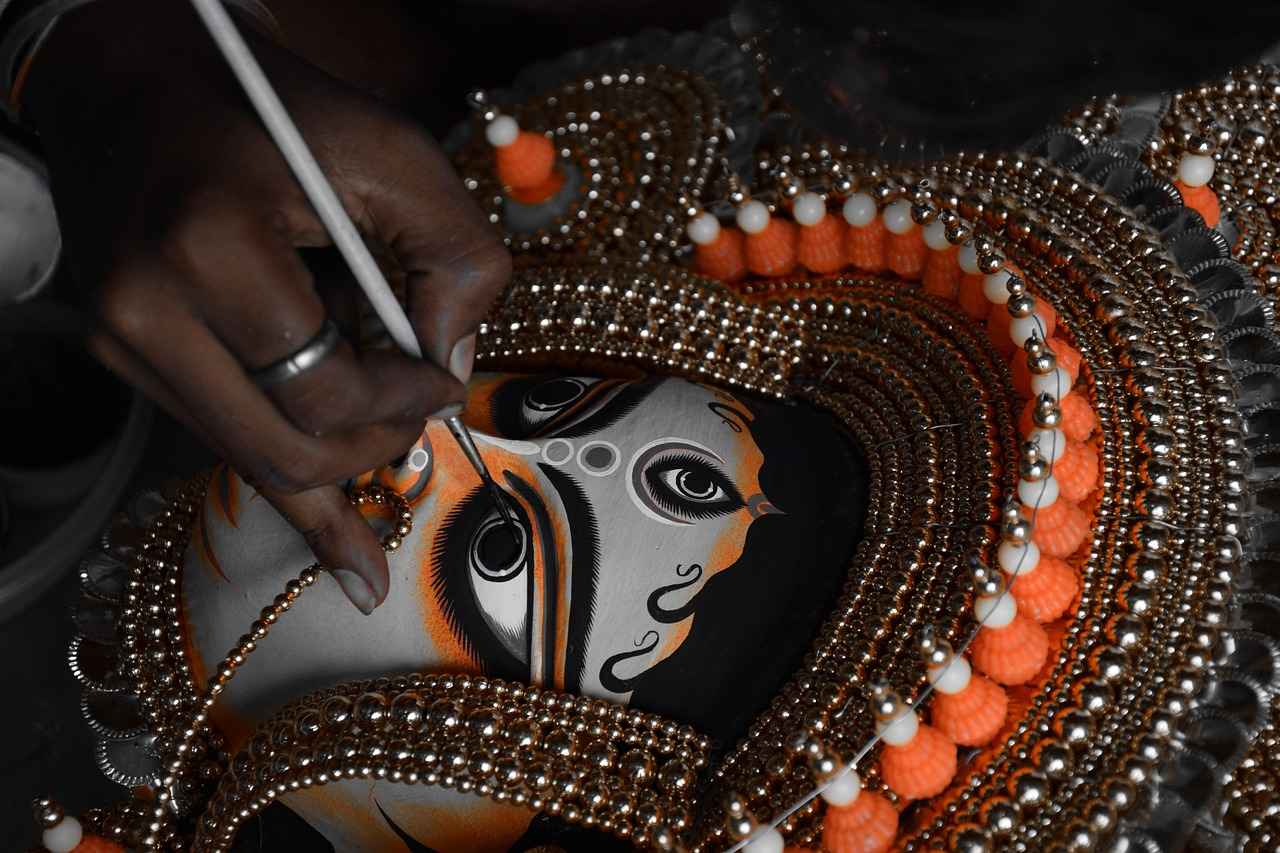
Conclusion: The Legacy of West Bengal
West Bengal’s history is a rich tapestry woven from a multitude of influences and transformations. This state has been shaped by various civilizations, religions, and socio-political movements, creating a unique cultural identity that continues to evolve. From the ancient Mauryan and Gupta empires to the flourishing of Buddhism and Jainism, West Bengal has long been a center of cultural and intellectual growth.
The medieval period introduced powerful kingdoms, notably the Senas and the Mughals, which further enriched the region’s heritage through advancements in art, literature, and architecture. The colonial era marked a significant turning point, as British rule brought about both challenges and opportunities, leading to the Bengal Renaissance—a time of profound cultural awakening that saw the rise of influential thinkers and artists.
Post-independence, West Bengal faced numerous challenges, including economic hardships and political upheavals. However, the resilience of its people led to significant developments in various sectors, including education and industry. The Language Movement of the 1950s played a crucial role in shaping Bengali identity, emphasizing the importance of language and culture in the political landscape.
Today, West Bengal stands as a vibrant cultural hub, celebrated for its festivals, literature, and artistic contributions. The annual Durga Puja festival is a prime example of the state’s rich traditions, fostering community spirit and cultural pride. Contemporary artists and writers continue to emerge, keeping the legacy of West Bengal alive and thriving.
In conclusion, the legacy of West Bengal is not just a reflection of its past but also a dynamic and ongoing evolution of its cultural and social landscape. As the state moves forward, it carries with it the weight of history and the promise of future growth, making it a significant player in the broader narrative of India.
Frequently Asked Questions
- What are the key ancient civilizations that influenced West Bengal?
West Bengal’s history is significantly shaped by ancient civilizations such as the Mauryas and Guptas. These empires contributed to the region’s culture, governance, and trade, laying the groundwork for future developments.
- How did Buddhism and Jainism impact West Bengal?
Buddhism and Jainism played vital roles in shaping West Bengal’s cultural landscape. Buddhism flourished under Emperor Ashoka, leading to the establishment of important sites like Paharpur and Nalanda, while Jainism influenced trade and commerce.
- What was the Bengal Renaissance?
The Bengal Renaissance was a cultural movement in the 19th century that sparked intellectual growth and social reforms. It produced influential figures in literature and arts, marking a significant shift in Bengal’s cultural identity.
- What challenges did West Bengal face post-independence?
After gaining independence in 1947, West Bengal encountered various economic challenges, including agricultural issues and industrial development. The state adopted several strategies to address these challenges and promote growth.
- Why is Durga Puja significant in West Bengal?
Durga Puja is one of the most celebrated festivals in West Bengal, symbolizing the victory of good over evil. It fosters community spirit and cultural pride, bringing people together in vibrant celebrations across the state.



